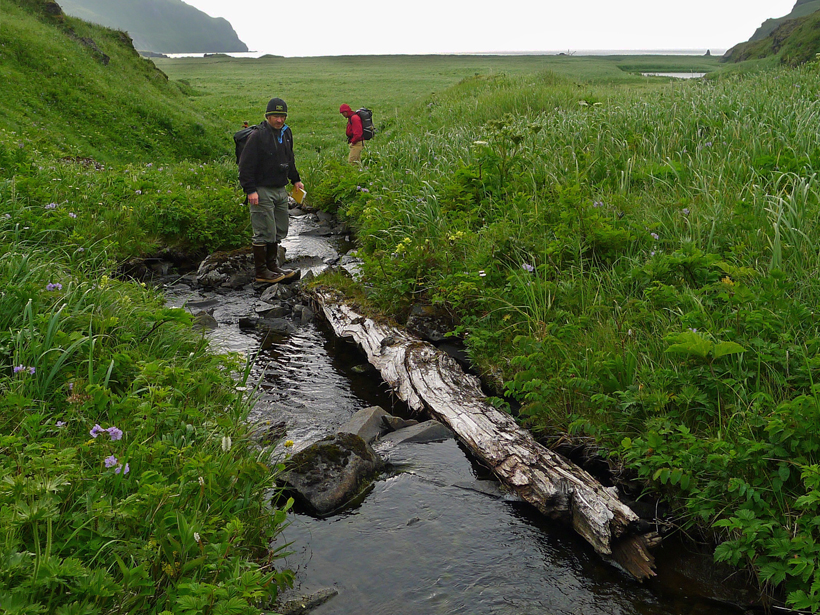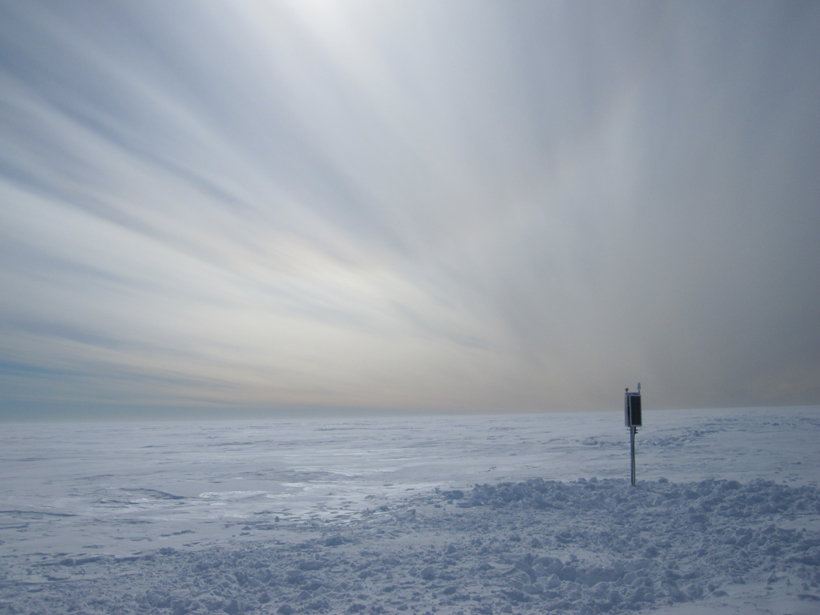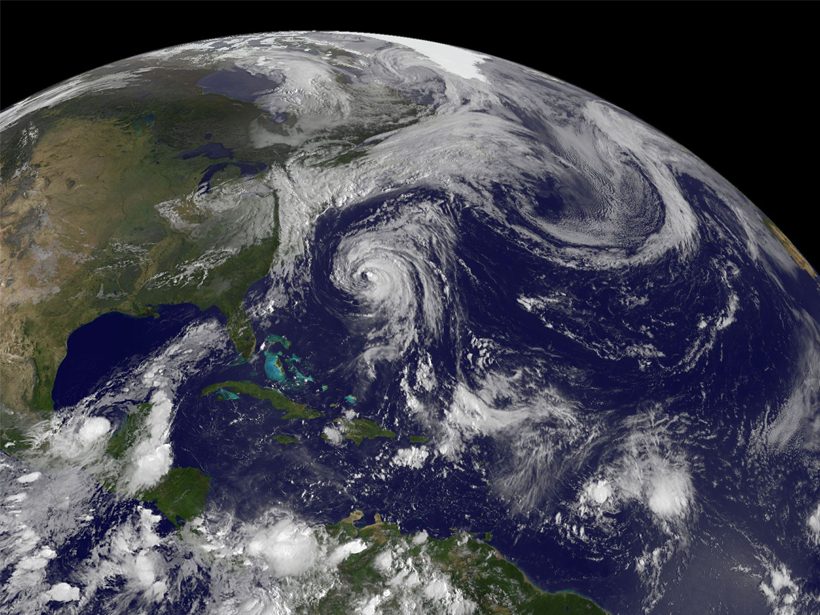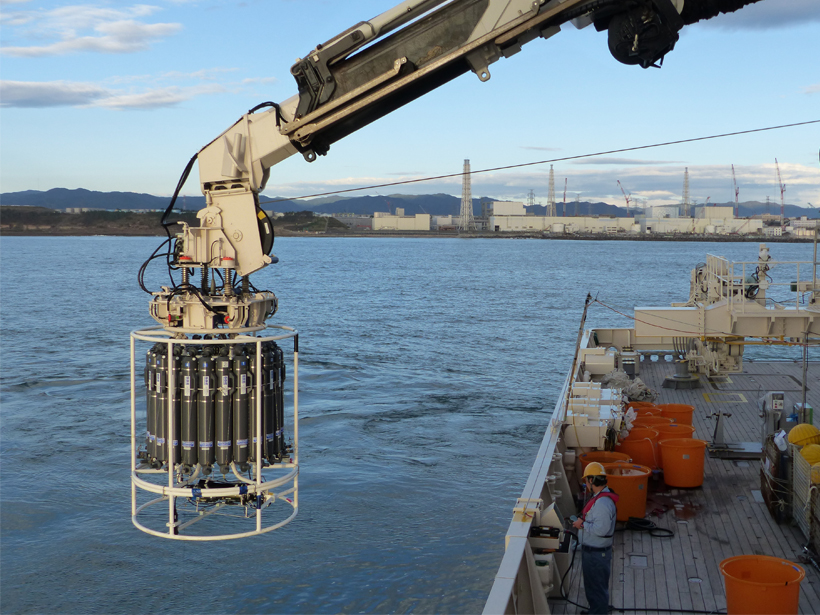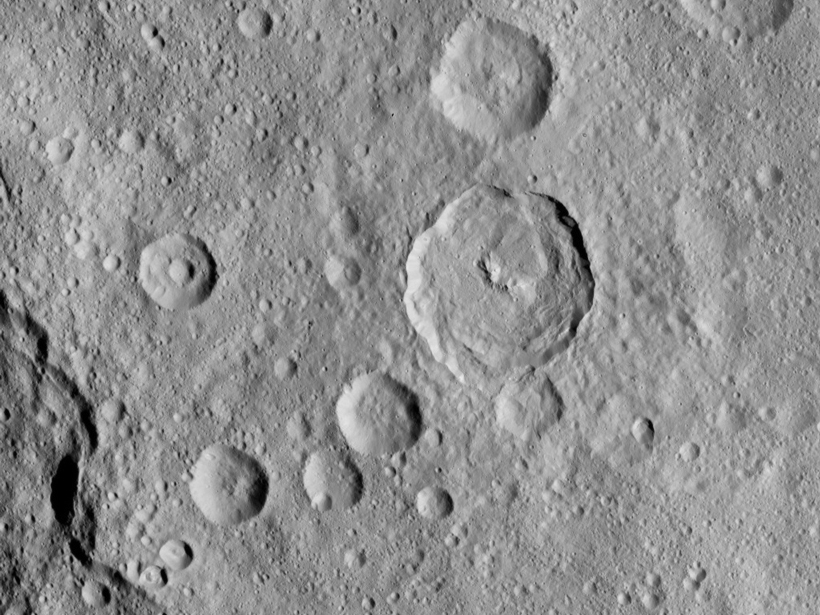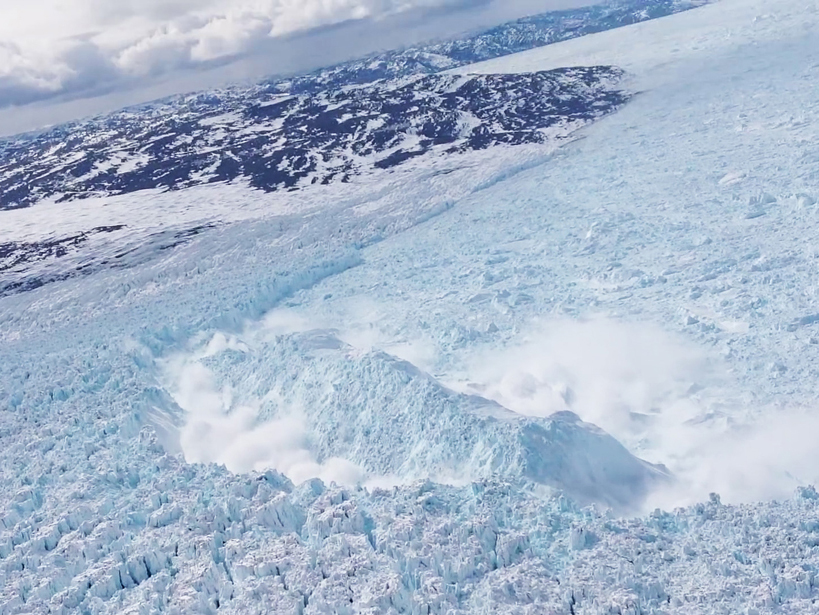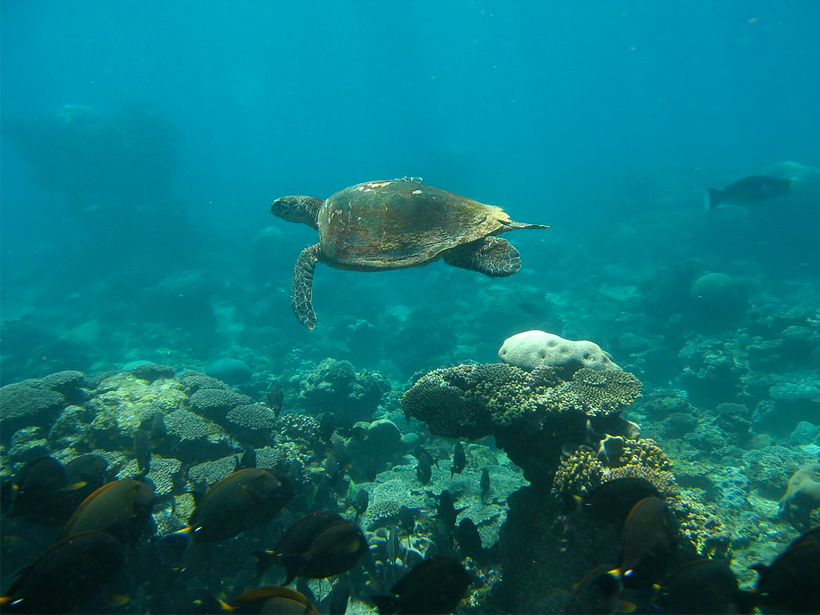A seismically quiet part of the Aleutian Subduction Zone may have caused tsunamis in the past—and may cause future tsunamis that could travel across the Pacific Ocean.
Geophysical Research Letters
Ocean Waves Vibrating the Ross Ice Shelf
Scientists use seismic stations to study ice shelf vibrations generated by ocean waves to better understand their impact on the integrity of the Ross Ice Shelf.
Fewer Tropical Cyclones Form After Volcanic Eruptions
Volcanic eruptions aren't all bad—in some cases, they can lower the frequency of tropical cyclones in the North Atlantic by emitting sulfate aerosols.
Does El Niño Intensity Affect Precipitation in California?
Modeling experiments demonstrate that strong El Niños greatly increase odds for wet winters over California's principal watersheds compared to impacts of weak and moderate El Niños.
Tracking Radioactive Cesium Released During Fukushima Disaster
Scientists probe the Pacific to determine how far the damage from one of the largest nuclear meltdowns in history extends.
New Weather Satellite Captures Sea Surface Temperatures
A new algorithm improves the accuracy of Pacific and Indian Ocean surface temperature measurements by the Japanese geostationary satellite Himawari-8.
Objects That Slam into Ceres Remain on Its Surface
Hypervelocity impact experiments shed new light on the composition and evolution of the largest dwarf planet's little-known surface.
How Sediment Transport Sways Wetland Stability
Scientists examine the role of variables like tides and suspended sediment concentration to improve methods of evaluating coastal wetlands and how they may respond to future sea level rise.
Seismic Clues Reveal the Mechanisms Behind Iceberg Calving
Scientists combine models and video footage of iceberg calving to analyze the potential of seismology to unravel physical processes behind the breakup of ice sheets.
Distant Rains Contributed to La Niña Ocean Warming Event
Unusually low salinity intensified a warm-water current off the coast of Western Australia in 2010–2011.

